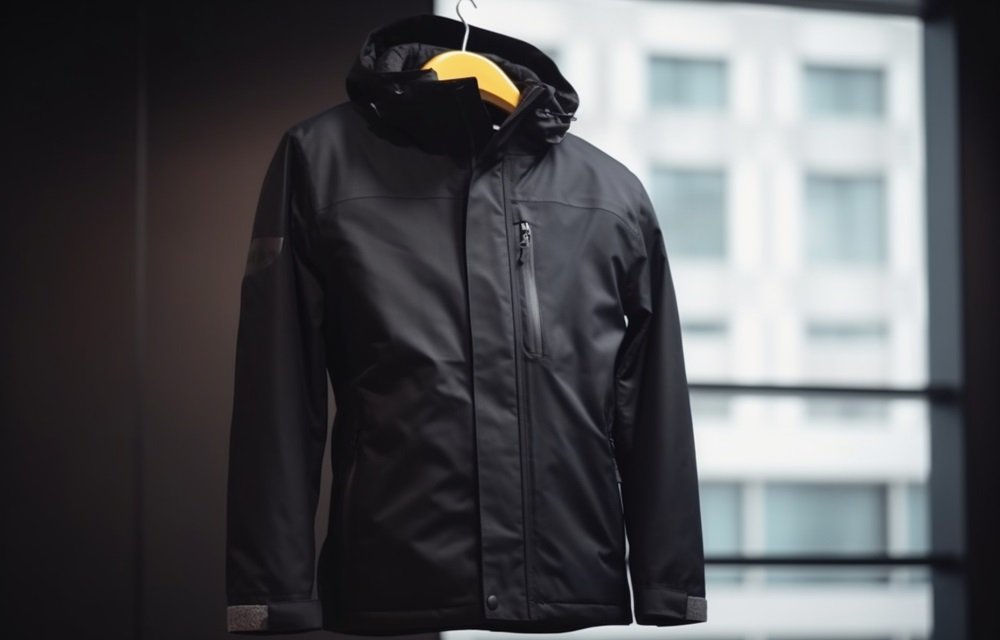When you’re caught in unexpected rain while hiking, the last thing you want is for your soft shell jacket to soak through.
That water-beading effect you see on quality outdoor gear isn’t magic—it’s DWR (Durable Water Repellent) technology. But how do you know if your jacket’s DWR is still working properly?
Water resistance is crucial for comfort and safety during outdoor activities. Unlike fully waterproof hard shells, soft shells balance breathability with water protection, making their DWR performance especially important to evaluate regularly.
Understanding DWR: The First Line of Defense
DWR treatments create a microscopic barrier on fabric that causes water to form beads instead of soaking in. This technology works by:
- Increasing the surface tension between water and fabric
- Creating a hydrophobic (water-repelling) surface
- Maintaining breathability unlike waterproof membranes
Over time, these treatments wear down from washing, abrasion, and exposure to dirt and oils. Knowing how to test your jacket’s DWR performance helps you determine when it’s time for reapplication.
Simple At-Home Tests for DWR Performance
The Spray Test
This basic test mimics light rain to see how your jacket’s DWR performs:
- Lay your clean soft shell jacket on a flat surface
- Fill a spray bottle with clean water
- Spray a concentrated area from about 6 inches away
- Watch what happens to the water droplets
What to look for: Water should bead up and roll off easily. If it darkens the fabric or soaks in within 30 seconds, your DWR needs renewal.
The Shower Test
For a more realistic test:
- Wear your jacket (with nothing underneath that could be damaged)
- Stand under a shower for 5 minutes
- Check both the outside and inside of the jacket
What to look for: The inside should remain completely dry, and the outside should shed most water.
Professional Testing Methods
For those serious about gear performance, these are the standards professionals use:
| Test Method | What It Measures | Typical Rating Scale |
| Spray Test (AATCC 22) | Surface water repellency | 0-100 (higher is better) |
| Hydrostatic Head | Water pressure resistance | Measured in mm (10,000mm+ is good) |
| Rain Tower Test | Simulated rain exposure | Time until failure (minutes) |
The spray test is the most common industry standard, measuring how well fabrics repel water under controlled conditions. A rating of 90 or above indicates excellent water repellency.
How to Interpret DWR Performance Results
When evaluating your tests, consider these factors:
- Initial vs. Sustained Repellency: Does water bead immediately but then soak in after a few minutes?
- Coverage: Are some areas repelling water better than others?
- Aging: How has performance changed since your last test?
Remember that even the best DWR treatments need regular maintenance. If your jacket fails these tests, it doesn’t necessarily mean it’s time for a replacement—often, reapplication of DWR is all that’s needed.
Maintaining DWR Performance
After testing, you might need to:
- Clean your jacket according to manufacturer instructions
- Apply a quality DWR refresh product
- Heat-activate the treatment (usually with a clothes dryer on low heat)
Proper maintenance can extend your soft shell jacket’s water resistance by years.

Environmental Considerations in DWR Testing
Traditional DWR treatments contained PFCs (perfluorinated compounds) that are environmentally persistent. Newer eco-friendly alternatives might perform differently in tests.
When testing newer DWR formulations, you might notice:
- Slightly faster wetting times
- Need for more frequent reapplication
- Better initial performance but faster degradation
These trade-offs are often worth the reduced environmental impact.
When to Replace vs. When to Retreat
If your jacket fails water resistance tests even after DWR reapplication, check for:
- Worn areas or abrasion damage
- Contamination from oils or dirt
- Age-related fabric breakdown
Sometimes, fabric that’s too damaged won’t hold new DWR treatments effectively. In these cases, evaluating whether replacement is more cost-effective than continued retreatment makes sense.
Final Thoughts on DWR Performance
Regular testing of your outdoor gear’s water resistance helps you stay prepared for unexpected weather.By understanding how to evaluate DWR performance in flexible outer layers like soft shell jackets, you’re taking an important step toward extending gear life and ensuring comfort in challenging conditions.

















